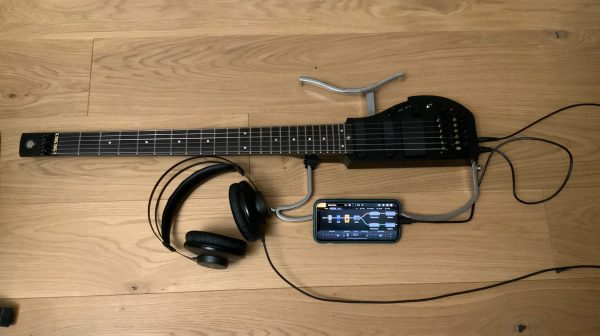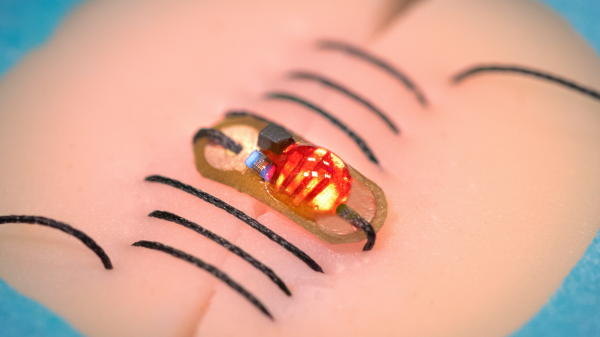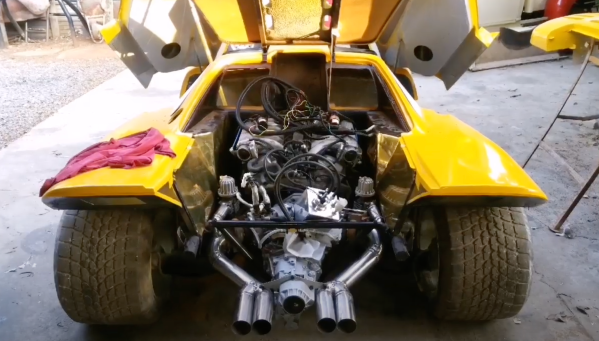[Courcirc8] was a big fan of the ALP AD-80, with the travel guitar being a surprisingly competent instrument despite its folding form-factor. However, the onboard headphone amp left something to be desired, so it was time to get hacking.
To achieve better audio output, [courcirc8] decided to purchase an iRig HD 2 guitar interface, and installed it inside the body of the compact guitar. The original volume pot on the guitar was instead spliced into the iRig circuit, and a switch hooked up to allow the guitar to output clean tones to an amp or the digital audio output of the iRig instead. It’s a tight fit inside, but it all nestles in there rather neatly when finished.
The result is a compact guitar that has a capable digital FX platform built in to the body; all one has to do is hook up a smartphone to gain access to a broad selection of software effects. It makes the guitar much more of a Swiss Army knife when playing on the road.
We’ve seen others before installing guitar effects into the instrument itself; it remains perhaps one of the best ways a hacker can express themselves with a completely individual instrument!


















